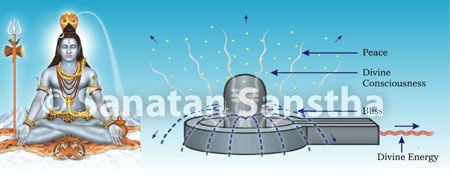
While offering bel leaves, place them upside down, with the stalk towards the worshipper.
त्रिदलं त्रिगुणाकारं त्रिनेत्रं च त्रयायुधम् ।
त्रिजन्मपापसंहारं एकबिल्वं शिवार्पणम् ।। – Bilvāshṭak, Shloka 1
Meaning : I am offering to Shiva the bel which is trifoliate, like three components, like three eyes, three weapons and which destroy the sins of three births.
1. Psychological reasons for offering trifoliate bel leaves to Shiva
1. ‘Creation, Sustenance and Dissolution take place due to Sattva, Raja and Tama components. The bel leaves should be offered to Shiva as a symbol of three stages in man’s life – adolescence, youth and old age. In other words, we should express our desire to go beyond the three stages; because it is only when we go beyond the three components that God meets us.’
2. When we function by coming to the physical state from the state of ‘beyond the three components’ like bel and durva do, we remain detached despite performing the functions : “Shiva is fond of trifoliate bel. This means He is fond of the one who offers Him all the three components – Sattva, Raja and Tama and carries on God’s mission with the intellect surrendered. Shri Gaṇesh too accepts durva. Bel and durva go beyond the three components and still perform God’s mission through the three components. If we function by going beyond these components and with their help, we still will remain detached despite performing the functions.”
– H.H. Parashram Pande Maharaj, Devad, Panvel, Maharashtra.
Elucidation : It is difficult for an ordinary individual to worship nirgun and nirakar (Without form) God. With the help of the leaves of bel and durva, which are also in a triguṇatit (Beyond Sattva, Raja and Tama
components) state, and by performing saguṇ-bhakti, it becomes easier for a devotee to progress from the saguṇ to the nirguṇ.
2. Spiritual science underlying offering bel leaves to Shiva
A. How to offer bel leaves according to the tarak and marak form of worship ?
The bel leaves emit tarak waves; whereas, their stalk emits marak waves.
1. One who worships the tarak form : The basic nature of a worshipper corresponds to the tarak form and hence, worship of Shiva’s tarak form not only blends with their nature, but also helps in their spiritual progress. To benefit from the tarak waves of Shiva, worshippers should offer bel leaves with the stalk towards the pinḍi and the upper portion of the leaf towards themselves. (बिल्वंतुन्युब्जं स्वाभिमुख-अग्रंच ।).
2. One who worships the marak form : The Shakta sect worships Shiva’s marak form.
- To benefit from the marak waves of Shiva, worshippers should offer bel leaves with its upper portion towards the pinḍi and the stalk owards themselves.
- A pinḍi contains two types of pavitraks (Subtle-most particles containing Chaitanya) from both – the Ahatnada (Sound produced through friction or by striking an object) and the Anahatnada (An experience of Akashtattva in the form of a continuous Divine sound, similar to the blowing of a conch, ringing of temple bells etc). To absorb the three pavitraks, that is, the two pavitraks from the pinḍi as well as those in the bel leaves, which are offered upon the pinḍi, trifoliate bel is offered to Shiva. Tender bel leaves can unite Ahatnada (Language of sound, that of humans) and Anahatnada (Language of light, that of Gods). The leaves should be offered with their stalk towards the worshipper and the leaf should be placed upside down on the pinḍi. The objective in this is to attract the combined energy of the trifoliate leaves towards the worshipper. The combined energy of these three pavitraks facilitates the reduction of the trigunas.
B. Benefit of Shivatattva at the vyashti and samashti level, according to method of offering bel leaf
When we offer a bel leaf with its stalk towards the pinḍi and the tip towards us, the spread of Shivatattva through the tip of bel leaf is more. Due to this, the benefit of Shivatattva is obtained at the samashti level. Conversely, when the bel leaf is offered with its stalk towards us and the tip towards the pinḍi, the Shivatattva is obtained only by the individual who offers the leaf. In this way, the benefit of Shivatattva is obtained at the vyashṭi level.
C. Spiritual reason for offering bel leaves upside down
When the bel leaves are offered upside down on the Shivapinḍi, the vibrations at the nirguṇ level are transmitted in a greater proportion from them. The worshipper gets maximum benefit from the bel leaves. If fresh bel leaves are not available, old leaves can be used; however, the bel leaves plucked on a Monday cannot be used the next day.
3. Picture depicting the subtle-characteristics of trifoliate leaf of bel
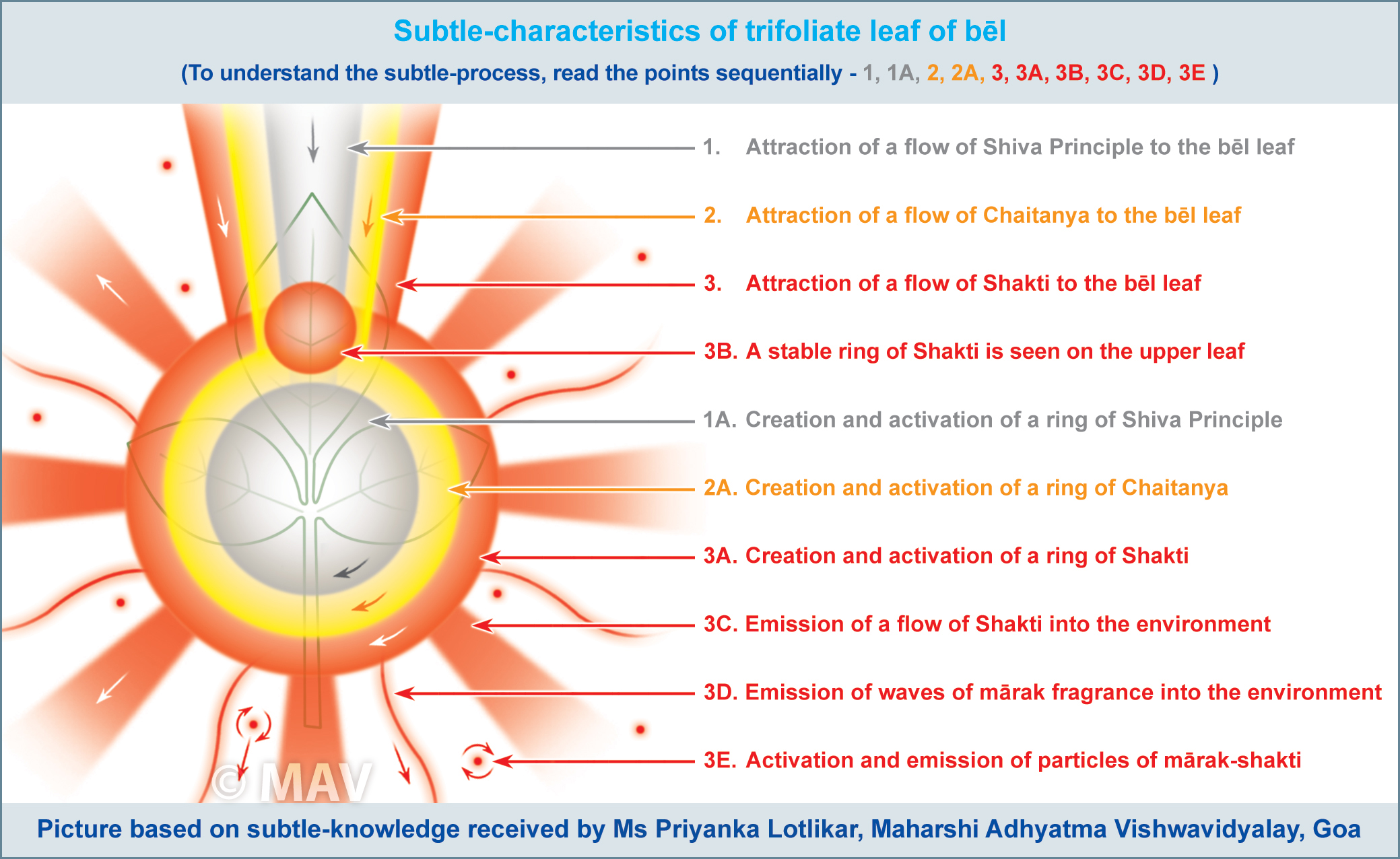
A. ‘Proportion of vibrations in the trifoliate bel leaf : Shivatattva 5%, Shanti 3%, Chaitanya (Nirgun) 3% and Shakti (Marak) 2.25%
B. Other aspects
One complete bel leaf comprises three leaves. Hence, the entire leaf is known as ‘Tridal pan’ (Trifoliate leaf).
- When I looked at the trifoliate bel leaf, I saw the half-closed eyes of the meditating Shiva and in the upper leaf, I saw the third eye of Shiva.
- When I was conducting analysis on subtle-knowledge, I saw in the subtle, that a Sage was sitting beneath a bel tree, meditating and performing Upasana (Spiritual practice performed mentally) and bel leaves were being showered on the Shivapinḍi in front of him.’
– Ms. Priyanka Lotlikar, Goa.
C. Analysis based on subtle-knowledge
- ‘While looking at the bel leaves, I felt that they are a symbol of the triguṇas.
- Spiritual experience of Shivatattva : The bel leaves were emitting plenty of cool waves. The vibrations of Shanti were felt from them and the vibrations of Shakti were felt from its sides. Both the spiritual experiences were due to the Shivatattva in the bel leaves.
- Bel leaves helped in meditation : The vibrations of Chaitanya were being emitted from the stalk of bel leaves and I felt that they helped me go into a state of meditation (to concentrate my mind).
- Getting spiritual experience of Anahatnada : My mind was experiencing the Anahatnada and I could hear it in the subtle too.’ – Ms. Priyanka Lotlikar, Ramnathi, Goa.
4. Benefits of bel from the perspective of health
A. The Kayakalpa chapter in the Ayurveda discusses the importance of partaking juice of trifoliate leaves.
B. Ayurveda refers to the fruit of the bel as the fruit of nectar. Fruit of bel is called a fruit of nectar in Ayurveda. There is no disease that cannot be cured with bel. If some medicine is not available, the bel should be used; however, a pregnant woman should not be given bel, as it may lead to death of the foetus.
Reference : Sanatan’s Holy Text ‘Shiva’

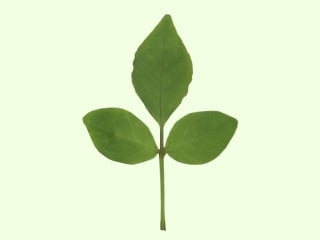
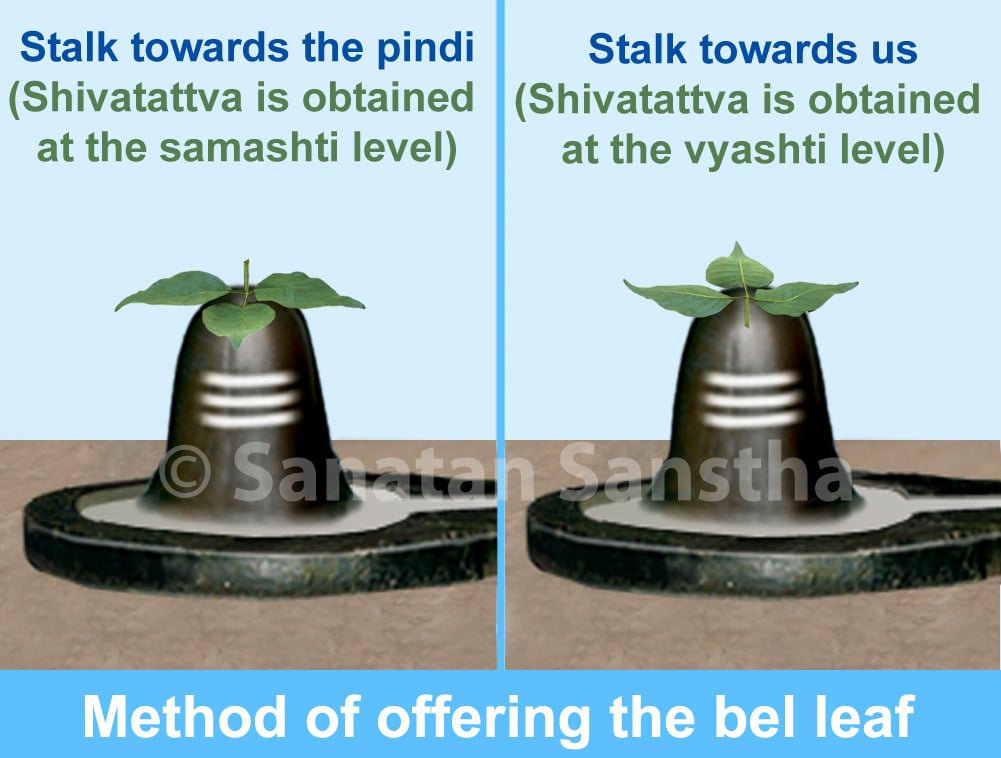
 Ritualistic worship of Shiva
Ritualistic worship of Shiva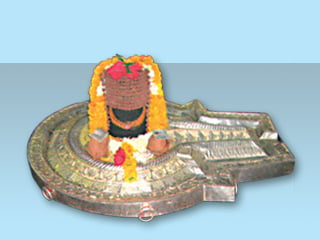 12 Jyotirlinga
12 Jyotirlinga Sattvik picture and Name-strip of Deity Shiva
Sattvik picture and Name-strip of Deity Shiva Bhasma
Bhasma What is the concept of Final Liberation as per the Pashupat sect?
What is the concept of Final Liberation as per the Pashupat sect?